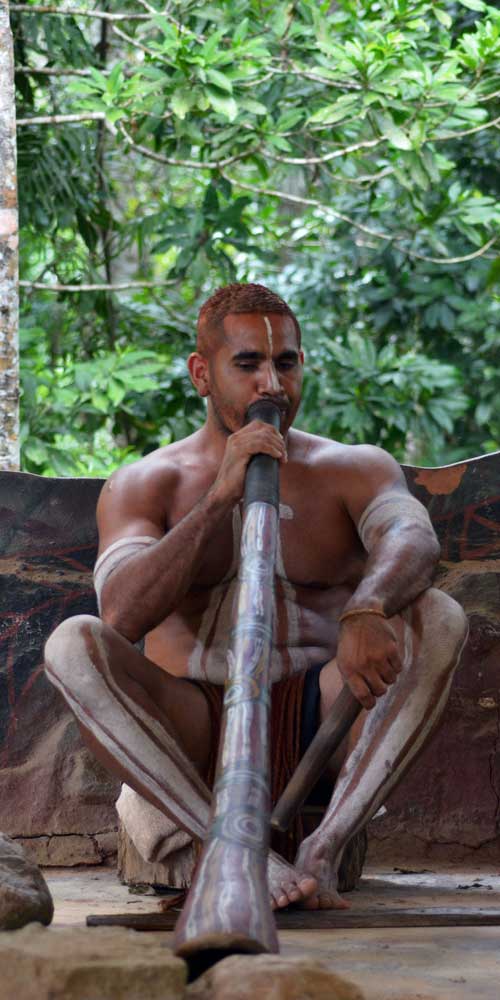Indigenous Peoples of the World

The World's Underappreciated Diversity
By Logan Chamberlain
When we discuss the world's indigenous peoples, we're often talking about populations in decline: the diseases that devastated the Americas after European colonization, the forced assimilation and theft of land from the Ainu in Japan, and so on. While it's important to understand the history of how indigenous people have been treated around the world, there's a risk to focusing on this subject too much; by talking only about how these cultures have been damaged and deprived, we can sometimes forget that they still exist today.
How many indigenous people are there?
Estimates by the United Nations put the world's indigenous population at over 370 million people (more than the population of the United States!) spread out over a full 20% of the globe and representing over 5,000 different cultures. Not only do these groups exist, but they are entirely alive. Indigenous communities continue to grow and change like all cultures do. For example the Kwakwaka'wakw, the Northwest Pacific nation famous for their totem poles, still exist and still produce notable art (like that of Richard Hunt). Many indigenous communities also continue participating in traditional economic activities. In all spheres of life indigenous people contribute their unique perspectives and experiences.

What do we mean by indigenous people?
The term "indigenous people" can sometimes be confusing. The term itself implies the original inhabitants of a place, but this is sometimes inadequate to describe migratory populations or groups that can't be clearly established as "original." This is just one of many possible issues with creating a clear definition of an indigenous group, which is why the U.N. and other international bodies have avoided creating strict guidelines. Rather, the U.N. has identified some important characteristics:
- Self-identification as indigenous peoples at the individual level and accepted by the community as their member.
- Historical continuity with pre-colonial and/or pre-settler societies.
- Strong link to territories and surrounding natural resources
- Distinct social, economic or political systems
- Distinct language, culture and beliefs
- Form non-dominant groups of society
- Resolve to maintain and reproduce their ancestral environments and systems as distinctive peoples and communities.
There are a couple important elements tucked in the plain language there. First, as indigenous classification is meant to protect communities from cultural discrimination, a dominant group (like Magyars in Hungary) won't be deemed an indigenous people even if they match the general sense of the word. Just being non-dominant also doesn't an indigenous group make. An indigenous community has to show how they're related to historical cultures in terms of place, economy, culture, etc.
Second, they have something distinct about them that distinguishes them from the dominant group. If a group is culturally, politically, and economically the same as the dominant group, then there isn't anything in need of preservation. On a similar note, the community has to want to keep their distinct culture. There can be a real risk in insisting that someone "act indigenous" because they just happen to have indigenous ancestry.
The International Day of the World's Indigenous Peoples
The U.N. created this annual holiday to recognize the challenges faced by indigenous peoples around the world. Most readers will be familiar with historical tragedies like the violence against Native Americans across the Americas and the "civilizing missions" of European powers in Africa. What many people don't know is that similar policies still persist around the world. It's very common for indigenous communities to be economically or socially discriminated against in the form of land seizures, job restrictions, and more. At worst, cultures are not just exploited but are forced to assimilate into the dominant social group and abandon their traditions.
U.N. committees and affiliates work with indigenous groups around the world to advocate for greater rights and respect for their unique cultural heritage. This year, consider looking up indigenous culture organizations in your area. Volunteer at events and raise awareness among your friends and family. Not only would your support be helpful, but you might find a new appreciation for the cultural diversity all around you.
Source: The United Nations "State of the World’s Indigenous Peoples" Report







